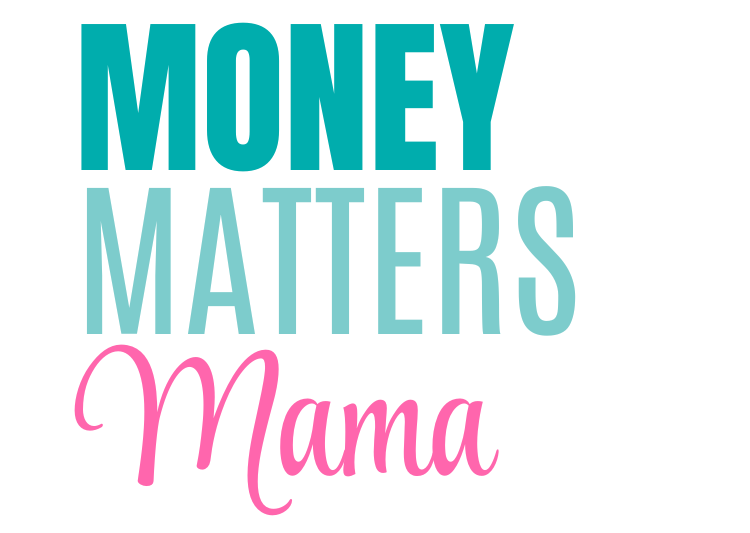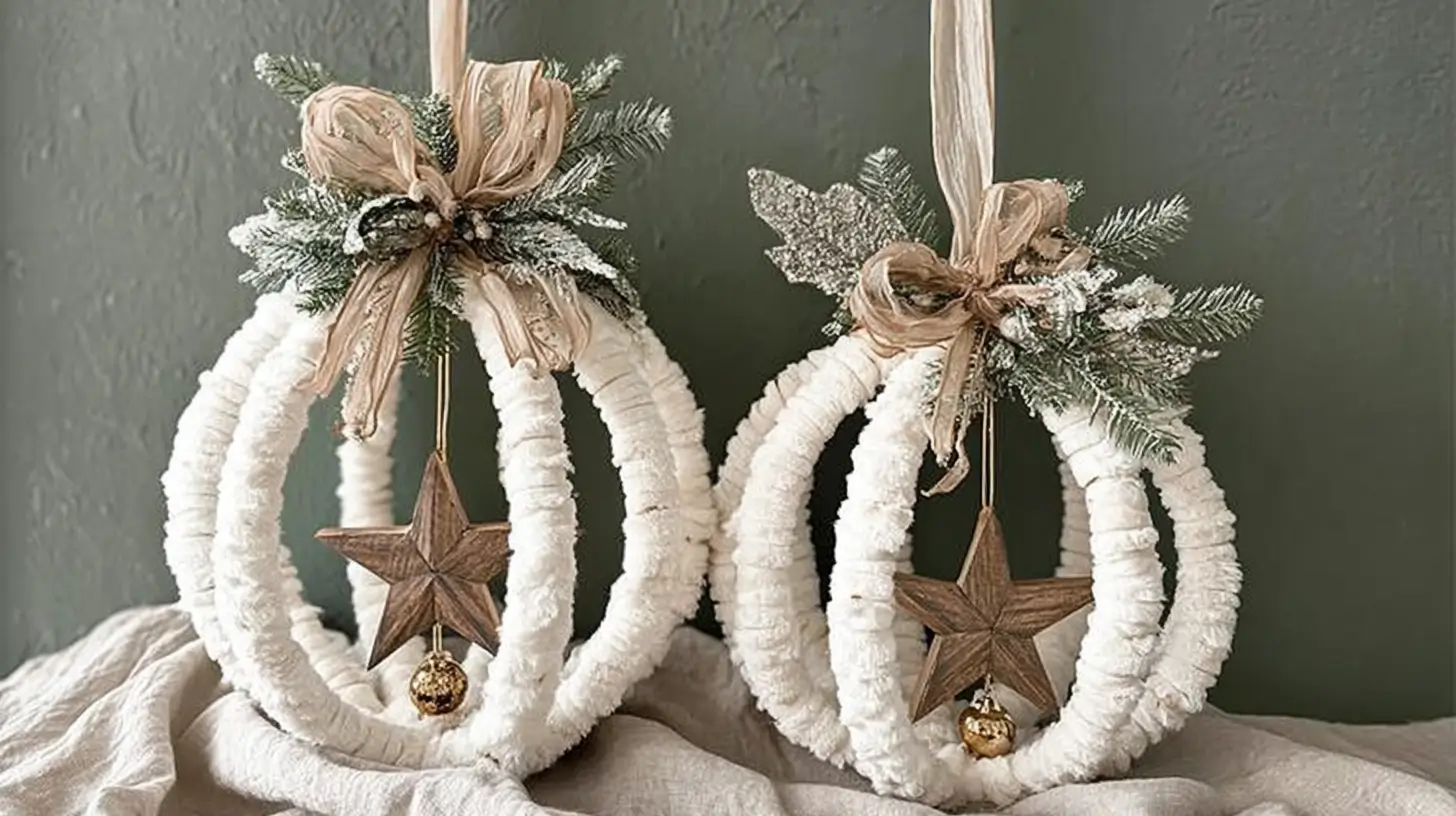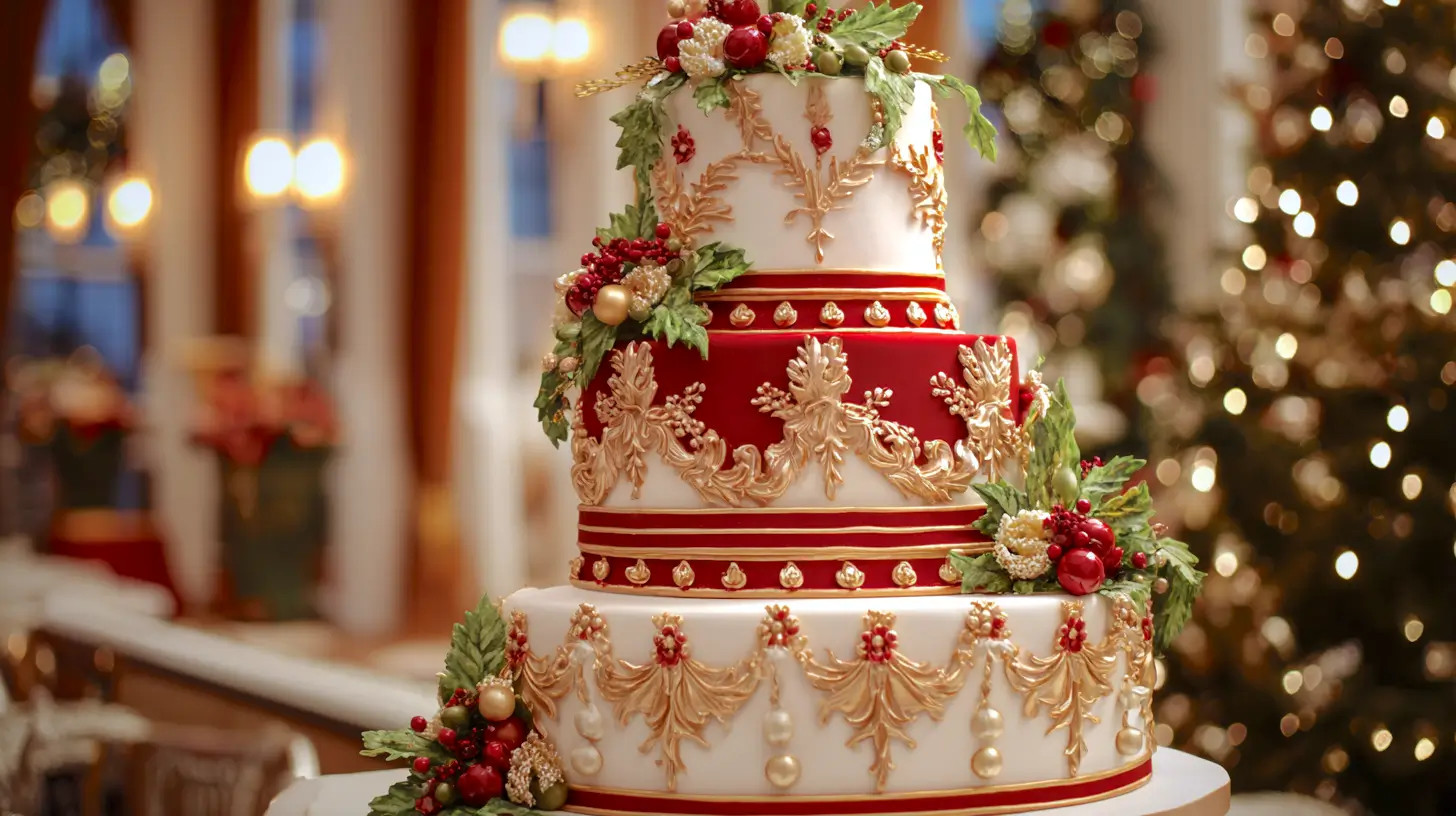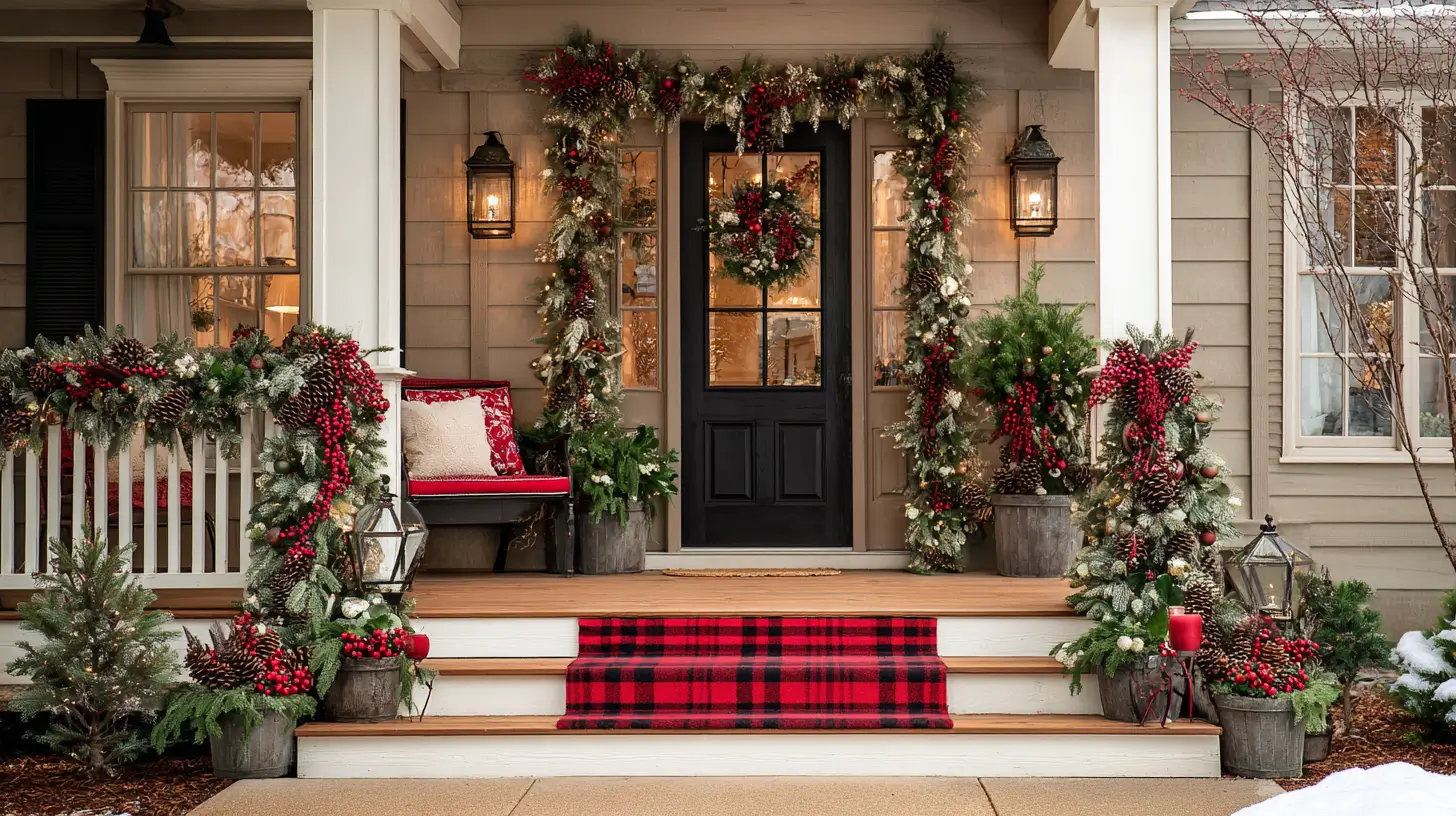I’ve got a soft spot for anything that makes my home feel more alive. Flowers, herbs, and tomatoes that don’t taste like cardboard—yes, please. That’s why I’m always keeping an eye out for fresh home garden ideas. And not the kind that costs more than a week’s groceries. I’m talking practical, doable, and totally worth your time.
The thing about gardening is you can spend as much or as little as you want. Some folks go all in with fancy raised beds, greenhouse kits, and drip irrigation systems that look like something NASA built. And that’s fine. But you don’t need to drop a paycheck to grow a space that’s beautiful and productive. You can start with dirt, seeds, and a little creativity.
I live in Orlando, so anything I grow has to handle heat, humidity, and the occasional hurricane watch.
I like to think of it as playing matchmaker between plants and spaces. Got a sunny balcony? Herbs love you. Shady corner in the yard? Hostas will move in and never leave. Even a couple of old buckets can be the start of a potato patch if you play it right. The trick is knowing what works where you live. That’s where plant hardiness zones come in handy. If you’re in the U.S., your zone tells you which plants will thrive without constant coddling. It’s like reading the dating profile for your climate.
Over the next several sections, I’ll walk you through ways to garden without draining your bank account. We’ll talk cheap containers, clever plant choices, ways to use what you already have, and even some DIY décor that makes your space look Pinterest-ready. Whether you’ve got acres or just a strip of patio, there’s something in here you can try this week. And the best part? Every single idea is friendly to both your budget and your schedule.
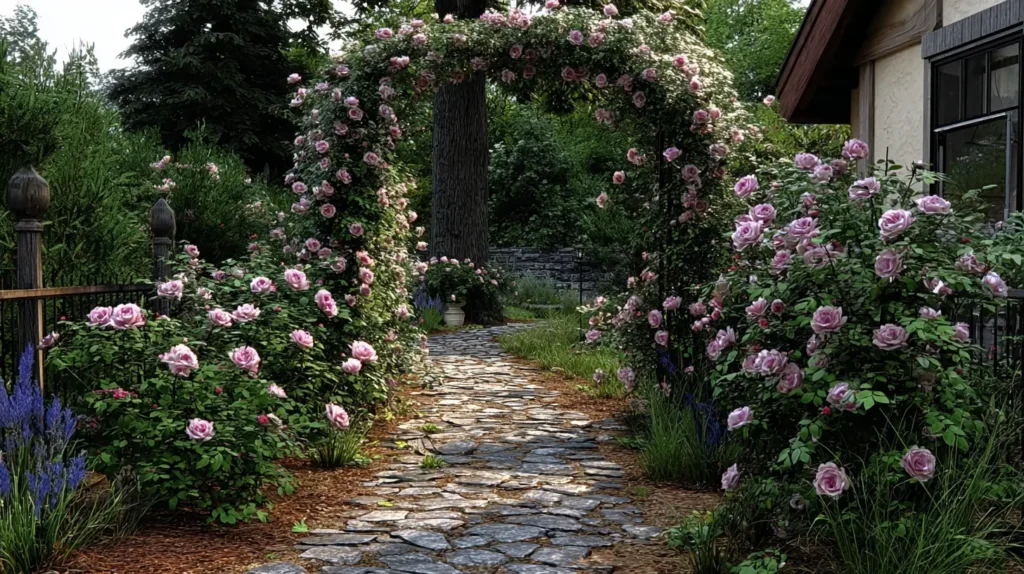
pSome of the links on this site are affiliate links, which just means I may earn a small commission (at no extra cost to you) if you make a purchase. You can check out my full disclosure for all the details.
Start With What You Have
Before you even think about spending money, take a lap around your space. Look for containers, tools, and soil you already own. You’d be surprised how many “garden supplies” are hiding in plain sight.
A few places to check:
- Garage shelves stacked with leftover pots from past plant purchases
- Kitchen cabinets holding unused colanders or large bowls
- Recycling bins filled with cans, jars, or sturdy plastic tubs
- The yard itself—fallen branches, stones, or bricks can be free edging material
Once you gather your finds, think about their potential. That dented metal bucket? Perfect for a tomato plant. An old dresser drawer? Line it and you’ve got a unique flower bed. You don’t have to be a DIY pro to make it work. Most plants just need space for roots and proper drainage.
I’ve found that working with what you already have keeps things interesting. It forces you to get creative instead of buying the same cookie-cutter planter from the store. Plus, it frees up your budget for the one thing worth spending money on: good soil and seeds suited to your zone. Your zone matters because it tells you which plants won’t need constant babying. If you’re in Zone 8, for example, peppers and okra will love you. In Zone 4, think root vegetables and hardy greens.
Starting with your own stash also gives you a head start. You can plant right away without waiting for shipping or a weekend store run. And when you see those first sprouts, you’ll know you built it from almost nothing. That’s a feeling no store-bought planter can match.
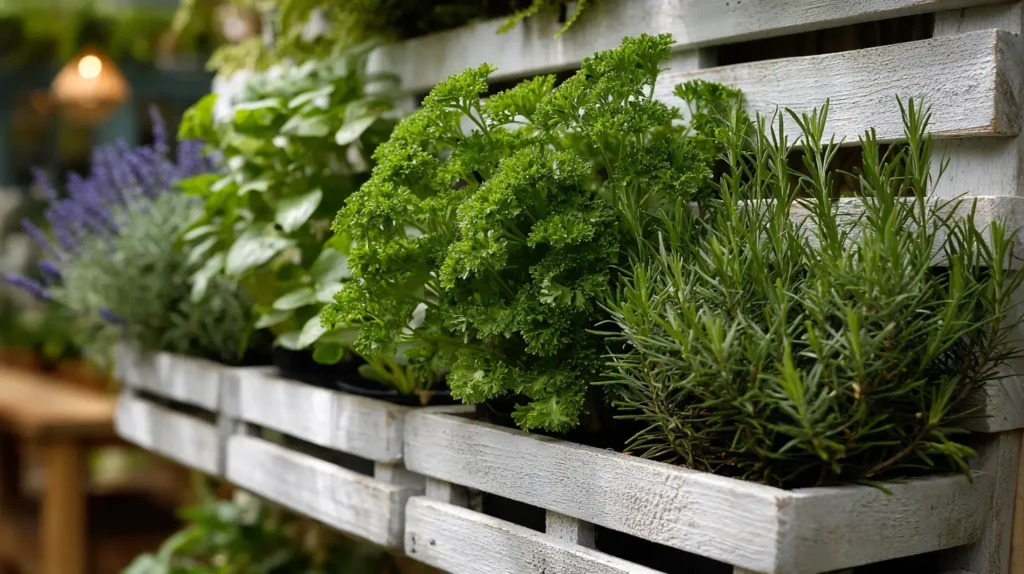
Choose Plants That Pull Double Duty
When you’re working with a budget, every plant should earn its keep. That means picking varieties that do more than just look pretty.
Some plants offer food and beauty at the same time:
- Strawberries: Sweet berries plus small white blooms in spring
- Chives: Mild onion flavor and purple flowers that attract pollinators
- Nasturtiums: Edible leaves and flowers with a peppery bite
- Kale: Gorgeous leaves in garden beds and salads on your plate
Herbs are my go-to for double duty. Basil thrives in a sunny spot, smells incredible, and adds fresh flavor to meals. Rosemary can be a decorative shrub in warmer zones and a cooking staple. Mint spreads like wildfire, so tuck it into a container and enjoy endless tea or mojitos.
When you’re in the U.S., pay attention to plant tags for zone recommendations. They’ll tell you if that basil will bolt in your summer heat or if kale can handle your winter frost. Matching plants to your zone means less money spent replacing the ones that didn’t make it.
The other perk of these plants is how easily they fit into small spaces. You don’t need a big backyard to grow a salad’s worth of greens. A sunny windowsill can host parsley, thyme, or oregano in recycled jars. And because they serve more than one purpose, you’re squeezing more value out of every inch. That’s smart gardening no matter your budget.

Let Your Garden Move Around
One thing I don’t see talked about much is the idea of a “mobile garden.” I’m not talking about store-bought plant carts or anything overly polished. I mean creating parts of your garden that you can physically move depending on the season, the sun, or even your mood. Think of it like rearranging your living room, but with lettuce and marigolds instead of throw pillows.
Here’s how to make it happen. Start by choosing containers you can actually lift. That might mean lightweight plastic pots, fabric grow bags, or sturdy five-gallon buckets with drilled drainage holes. Keep the soil level a couple inches below the top so you’re not spilling dirt every time you move them. If lifting is tricky, place pots on rolling plant caddies, scrap wood with casters, or even upside-down plastic crates that can slide across a deck.
When you first plant, pay attention to where the sun hits your space during the day. Your basil may love a morning-sun spot in May but need afternoon shade by July. Being mobile means you can shift them to match the season without losing weeks of growth. If a frost warning pops up, tuck those pots close to a south-facing wall or inside a garage overnight.
You can also use mobility to take advantage of microclimates around your home. A brick wall can hold warmth for tomatoes in cooler weather. A breezy porch corner can help keep mildew off squash leaves. The beauty of this setup is you’re never stuck—you can adjust for weather, pests, or just to refresh how your space looks. It’s an adaptable, budget-friendly way to make your garden work with you instead of against you.
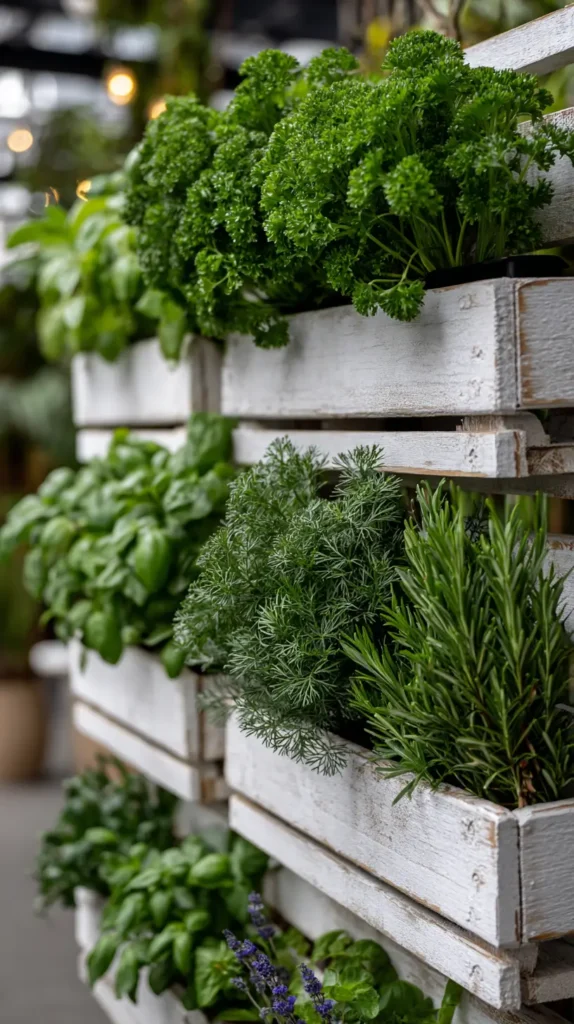
Go Vertical When Space Is Tight
Small yard? Balcony only? No problem. Vertical gardening is your new best friend. It’s exactly what it sounds like—growing plants upward instead of outward.
Some easy, frugal home garden vertical ideas:
- Hanging shoe organizers filled with herbs and greens
- Pallets turned into wall planters
- Sturdy trellises for cucumbers, peas, or climbing flowers
- Wire shelving units repurposed for pots and trays
I’ve noticed that vertical setups not only save space, they also cut down on weeds. Plants are up and away from ground-level troublemakers. It’s also easier to water and harvest without crouching or kneeling.
Before you build anything, check the weight limits of your balcony or porch railing. Wet soil is heavier than it looks. Use lightweight containers like fabric grow bags or repurposed plastic tubs to keep things manageable.
Your plant hardiness zone still matters here. If you’re in Zone 9, tomatoes in a hanging basket will keep producing for months. In Zone 5, you might swap to compact peppers or trailing strawberries. The point is, vertical gardening lets you grow more in less space—and often with less bending and hauling.
Plus, it looks fantastic. A wall of green makes even a tiny patio feel lush and alive. And when your neighbors ask how you did it, you can smile and say, “Mostly with stuff I already had.” That’s a budget win and a bragging right rolled into one.
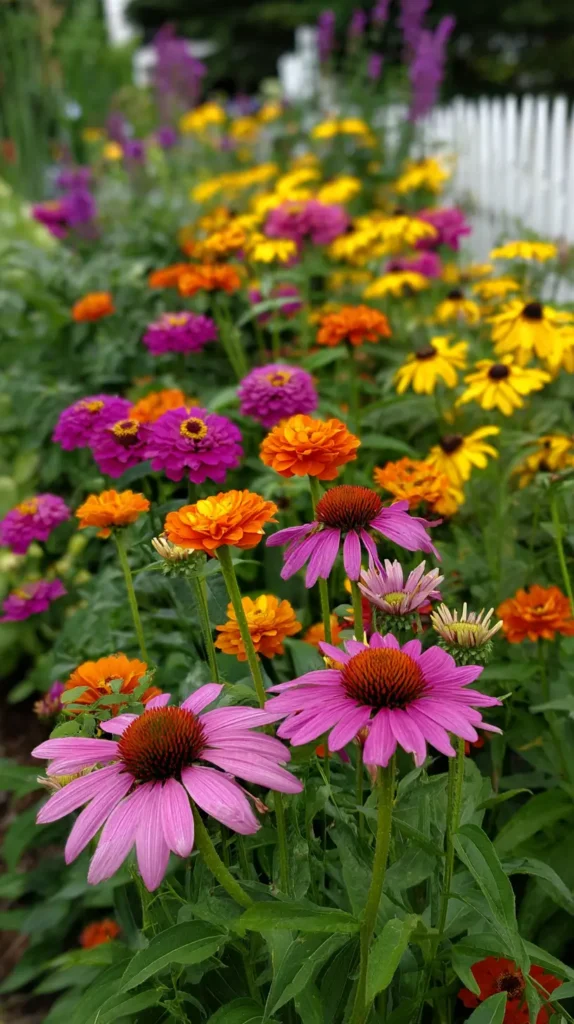
Use Seeds Over Seedlings
If you’re patient, seeds are where the real savings happen. A single packet can grow dozens of plants for the price of one seedling.
Some easy-from-seed plants include:
- Radishes (ready in about a month)
- Lettuce mixes (cut-and-come-again for weeks)
- Beans (vigorous growers once soil warms)
- Zinnias (colorful blooms that keep coming)
Seeds give you variety you won’t find in big-box stores. You can try unusual tomatoes, heirloom beans, or flowers that fit your exact vibe. Just make sure the variety matches your zone so you’re not fighting nature the whole season.
To start, you can skip fancy seed trays. Egg cartons, yogurt cups, and even toilet paper rolls work fine. As long as there’s drainage, your seeds will be happy. If you have a sunny window, you don’t even need grow lights for many varieties.
Direct sowing—planting seeds straight into the ground—works well for carrots, peas, and sunflowers. This saves you the trouble of transplanting later. And when everything germinates, you’ll feel like you hit the gardening jackpot for just a few bucks.
One thing I always notice is how seed-starting connects you to the process. You watch those tiny green shoots appear and realize you grew dinner—or a bouquet—from practically nothing. And that’s the kind of budget-friendly satisfaction you can’t buy pre-grown.
Home Garden Ideas: Compost Without the Fancy Bin
You don’t need a pricey compost tumbler to make garden gold. Kitchen scraps and yard waste can turn into rich soil for free.
Here are ideas on how to start a home garden without spending a dime:
- Pick a corner of your yard or an old trash can with holes drilled in it
- Toss in fruit and veggie scraps, coffee grounds, and eggshells
- Layer with dry leaves, shredded paper, or cardboard
- Keep it damp, but not soaking wet
- Turn it every week or two with a shovel or pitchfork
The magic of compost is that it feeds your plants without the cost of store-bought fertilizer. And because you control what goes in, you know it’s safe for your food crops.
Your zone plays a role here, too. In warmer zones, compost breaks down faster. In cooler zones, it might take a little longer, but it’s still worth it. Either way, it’s a steady cycle—you feed the pile, and the pile feeds your garden.
If you don’t have yard space, you can try small-scale composting. A five-gallon bucket with a lid can hold scraps until you drop them at a community compost site. Worm bins (vermicomposting) also work indoors if you have the patience for it.
The best part? You’re turning trash into treasure. Every banana peel or lawn clipping you toss in is one less thing you have to pay for later. That’s the kind of frugal gardening that pays you back season after season.
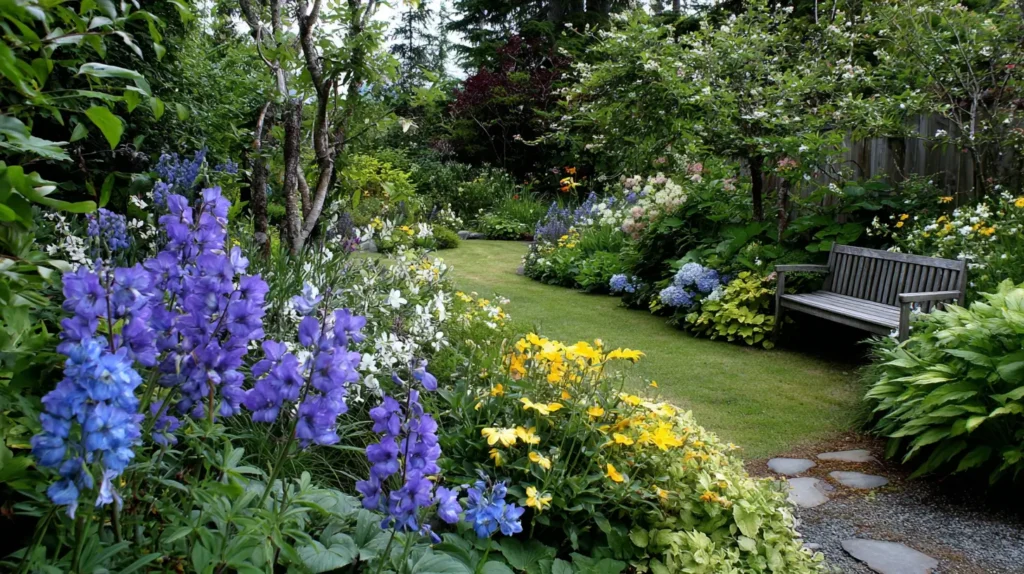
Trade and Share With Other Gardeners
Gardening doesn’t have to be a solo sport. Sharing plants, seeds, and tools is one of the easiest ways to save money.
You can:
- Swap extra seedlings with a neighbor
- Join a local gardening group on social media
- Trade cuttings of houseplants or perennials
- Lend tools like pruners, tillers, or seed spreaders
I’ve found that gardeners are some of the most generous people out there. If you’ve got a bumper crop of zucchini, someone will happily trade you tomatoes or peppers. If your mint plant has taken over, dig some up and gift it to a friend.
Knowing your zone helps when trading, too. A plant that thrives in Zone 7 might struggle in Zone 4. Swapping with locals means you’re getting varieties already proven to grow in your area.
Some towns even have seed libraries at public libraries or community centers. You “check out” seeds, grow them, then save some to return. It’s the ultimate budget-friendly loop.
Sharing also builds connections. You’ll pick up tips, recipes, and sometimes even a helping hand for big projects. And when you’re growing on a budget, community is worth as much as compost.
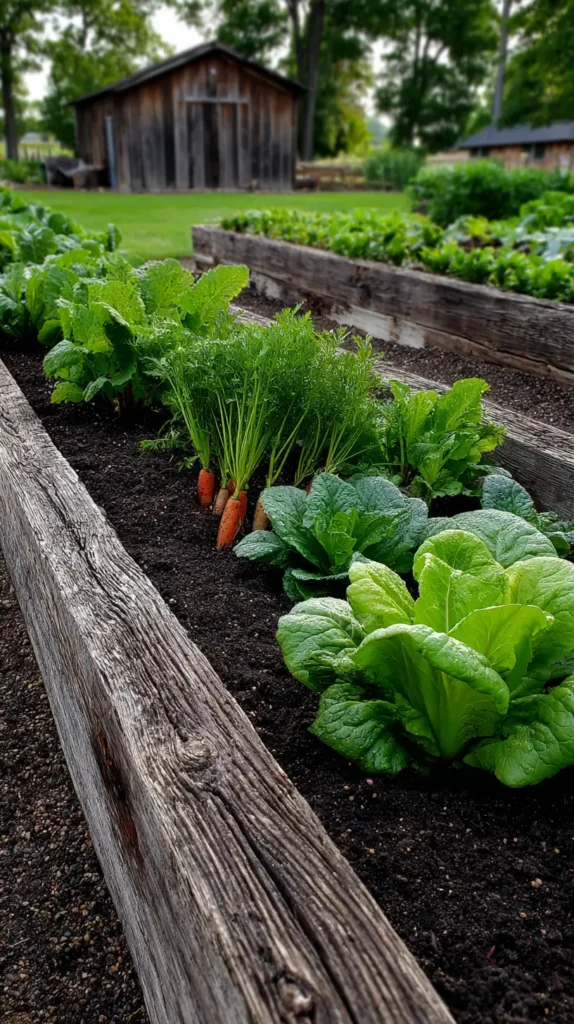
Grow Perennials for Long-Term Savings: Home Garden Ideas
Annuals are fun, but perennials are the real investment pieces of the garden world. Plant them once, and they return year after year.
Budget-friendly ideas for home garden perennials include:
- Chives and oregano for cooking
- Echinacea for flowers and pollinators
- Rhubarb for pies and jams
- Daylilies for low-maintenance color
The upfront cost of perennials can be higher than annuals, but they pay you back in the long run. You won’t need to replant every spring, and many can be divided to create new plants for free.
Your zone is key here. Lavender thrives in Zones 5–9, but struggles in colder climates. Asparagus loves cooler zones but needs a few years to get established. Knowing what works where you live means your perennials will stick around instead of becoming expensive compost.
Once they’re established, perennials often need less water and fertilizer than annuals. They’ve got deep root systems that can handle dry spells better. That means fewer replacements and less maintenance—exactly what a frugal gardener needs.
If you’re patient, perennials can become the backbone of your garden. Add a few each year, and in time, you’ll have a space that comes back stronger every spring without emptying your wallet.
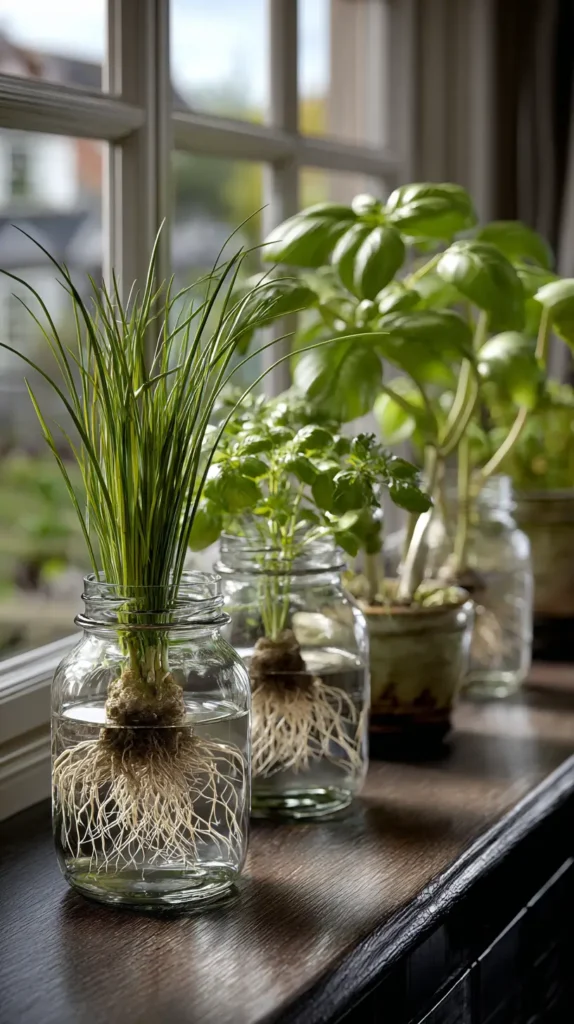
DIY Garden Décor From Everyday Items
You don’t need to shop the home décor aisle to make your garden look pulled together. A little creativity goes a long way.
Some easy, budget-friendly home garden décor ideas:
- Paint old terra-cotta pots in bright colors
- Turn chipped teacups into succulent planters
- Use thrift store picture frames for quirky trellis art
- Repurpose glass bottles as edging or borders
- Hang wind chimes made from mismatched silverware
I always notice that unique décor makes a garden feel personal. It’s not about matching sets from the store—it’s about telling a story with what you have.
Your zone can inspire your décor, too. In warmer zones, you can use outdoor fabric for permanent shade sails. In colder zones, removable elements like painted signs or stepping stones can be stored away during winter.
By using what’s on hand, you’re saving cash and keeping items out of the landfill. And when someone asks where you bought your “rustic chic” plant markers, you can laugh and tell them it was just old spoons from your kitchen drawer.
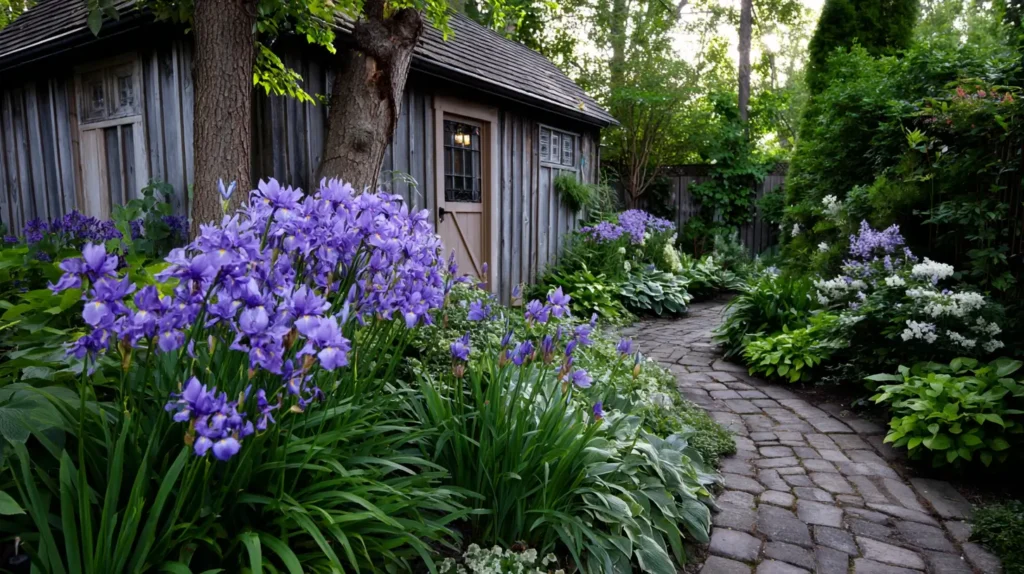
Home Garden Ideas: Harvest and Store for Year-Round Use
A big part of frugal gardening is making the most of what you grow. That means not letting your harvest go to waste.
You can:
- Freeze chopped herbs in ice cube trays with olive oil
- Can tomatoes for winter sauces
- Dry herbs in paper bags for teas and seasoning
- Pickle cucumbers, peppers, or green beans
- Store root vegetables in a cool, dark spot
The way you preserve depends on your zone. Warmer zones may have longer growing seasons, so you can stagger plantings for fresh harvests. Colder zones benefit more from storage and preservation techniques to stretch the season’s bounty.
Preserving food saves money in two ways—you’re not buying it later, and you’re not throwing out excess now. Plus, it’s incredibly satisfying to pull out a jar of homemade salsa in January and know it came from your backyard.
Even a small garden can give you enough to store if you plan ahead. Grow compact, high-yield plants, and you’ll be surprised how much you can tuck away.
Attract Pollinators for Bigger Yields
If you want more flowers, fruits, and veggies without planting more, you need pollinators. Bees, butterflies, and hummingbirds make your garden more productive.
Ways to attract them:
- Plant a mix of blooms in different shapes and colors
- Avoid pesticides that harm beneficial insects
- Provide shallow water sources like birdbaths or saucers
- Leave some natural areas for shelter
I’ve found that once you start planting for pollinators, your garden feels more alive. It’s not just the plants—it’s the constant movement and sound.
Your zone will guide your plant choices. In Zone 6, bee balm and coneflowers work well. In Zone 9, salvia and lantana thrive. Matching flowers to your climate means the pollinators can rely on them year after year.
And the bonus? More pollination means bigger harvests from the plants you’re already growing. That’s the kind of return that makes every frugal gardener smile.
My Final Thoughts on Home Garden Ideas
The thing about gardening is it’s never really finished. You plant, you tend, you harvest, and then you start all over again. And every season teaches you something new. I’ve learned that some of the best home garden ideas don’t come from the store—they come from paying attention to what works in your space and in your zone.
Gardening on a budget isn’t about doing without. It’s about using what you have, sharing when you can, and finding clever ways to get more from less. Sometimes that’s a seed swap with a neighbor. Other times it’s turning a chipped bowl into a basil planter. And every now and then it’s just choosing plants that pull double duty so your space feeds both your eyes and your table.
When you focus on low-cost, zone-friendly choices, you’re setting yourself up for success. You spend less time fighting with plants that don’t belong in your climate and more time enjoying what grows naturally. And that’s the sweet spot—where gardening feels less like work and more like a steady conversation with the space you live in.
I’ll also say this—gardens have a sneaky way of changing how you see the rest of life. You save seeds, and before long you’re finding clever ways to stretch every dollar. Little wins start to matter more, and you catch yourself celebrating them. Inspiration comes from all over—friends, neighbors, even a Pinterest scroll at midnight—and you shape those ideas into something that fits your own space.
Whether it’s a sunny balcony in Zone 10 or a backyard in Zone 5, there’s always a way to make it feel like yours without draining your wallet. And there’s a certain pride in standing there with dirt on your hands, knowing you coaxed beauty and food from almost nothing. It’s frugal, it’s creative, and it flows with the natural rhythm of where you live.
After twenty-five years of marriage, I’ve learned that the best gardens—like the best relationships—grow strongest with steady, thoughtful care, not constant fussing.
